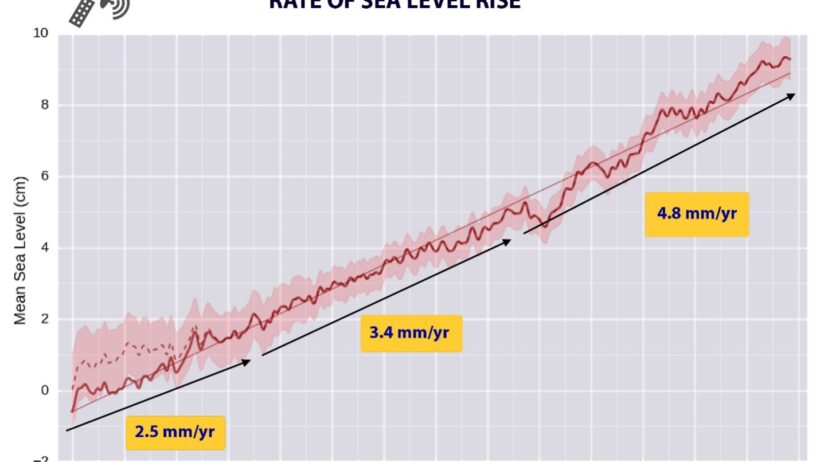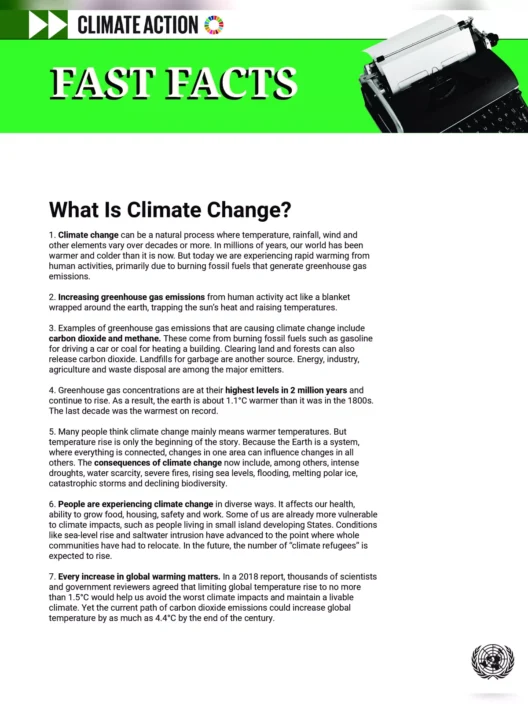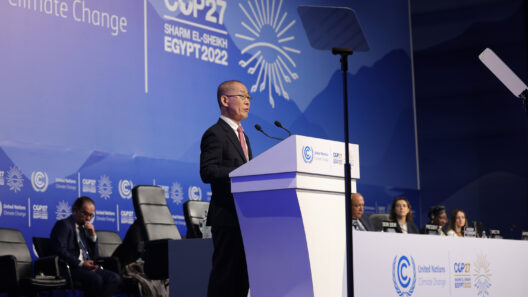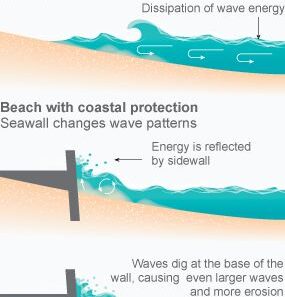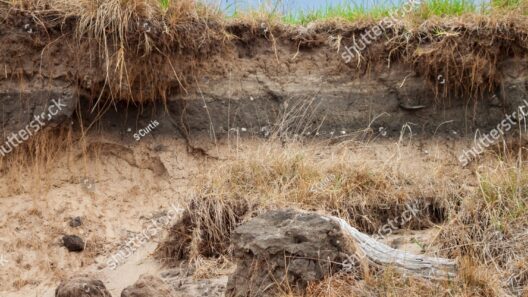As concerns about climate change continue to rise, the question of sea level rise has become increasingly urgent. For coastal communities and ecosystems, the implications are profound and far-reaching. Understanding how much sea levels are rising per year is crucial in addressing the socioeconomic and environmental challenges introduced by this phenomenon.
In examining the current trends, scientists recognize that sea levels have been steadily climbing, primarily due to two predominant factors: the melting of glaciers and polar ice caps and the thermal expansion of seawater as it warms. Together, these elements contribute significantly to the overall increase in sea levels, presenting a clear picture of an ongoing threat to human habitation and ecological health across the globe.
The gradual yet relentless rise in sea levels serves as a stark reminder of our changing climate. From the coasts of the Americas to the shores of Asia, communities are experiencing firsthand the repercussions of this phenomenon.
The annual rate of sea level rise has varied over the decades. In the mid-20th century, the average global sea level rose by about 1.4 millimeters per year. However, this rate has accelerated. According to recent measurements, the global sea level is currently increasing at an alarming rate of approximately 3.3 millimeters per year. This rapid incline poses a myriad of challenges for coastal populations and ecosystems alike, necessitating an urgent and informed response.
The importance of understanding future projections cannot be overstated. Climate projections estimate that if current trends continue, sea levels could rise by 1 to 2 meters by the end of the century, significantly escalating the vulnerabilities of coastal infrastructure and habitats.
While it is easy to become mired in the statistics, it is the implacable reality behind these figures that creates urgency. Coastal cities are increasingly facing the specter of flooding, saltwater intrusion, and loss of land. Each locality has its unique vulnerabilities and will experience these changes differently based on geographical and socio-economic factors.
Clearly, the human and environmental costs of increased sea levels are dire, sparking discussions on adaptation and mitigation strategies. Community resiliency planning, enhanced building codes, and innovative engineering solutions contribute to addressing these concerns, yet they require substantial investment and collaboration among governments, scientists, and local residents.
The rising seas not only threaten infrastructure and homes; they also jeopardize freshwater supplies, agricultural land, and critical coastal ecosystems. Saltwater intrusion poses significant challenges to agriculture and drinking water supplies, while rising tides disrupt marine habitats, pushing species farther inland and altering local fisheries. Underwater ecosystems, particularly coral reefs, face existential threats due to warm, acidic waters, ultimately impacting biodiversity and fishing economies. Consequently, both human populations and global biodiversity are entangled in the delicate balance of rising waters.
Adaptation strategies are multifaceted and demand creativity. Some coastal cities are investing in “living shorelines,” which use natural elements to buffer against storm surges and flooding. Others adopt more extreme measures, such as constructing sea walls and levees or even relocating entire communities. While such interventions seek to mitigate immediate impacts, they come with long-term implications for ecological integrity and social equity. It is imperative that these strategies are implemented with an understanding of their environmental and social ramifications.
Moreover, assessing the impact of climate change on sea level rise requires collaboration and comprehensive datasets. The fusion of satellite measurements and tide gauge data grants scientists the insight necessary to monitor and predict sea level changes accurately. Increasing technological capabilities allow for better visualizations and simulations, fostering a deeper public understanding of the complexities at play.
Local organizations and governments play an indispensable role in disseminating this information, engaging communities in discussions about preparedness and response. Climate change is not a distant threat; it is a pressing reality that communities must confront. That confrontation begins at the local level — with advocacy, education, and, crucially, engagement in climate action initiatives.
As individuals reflect upon their roles within a broader ecosystem, it becomes evident that every contribution matters. Whether through advocating for sustainable practices, participating in community programs, or simply fostering a more profound awareness about climate change and its myriad consequences, each effort counts.
Lastly, it is important to recognize that the beast of climate change does not operate in isolation. The interconnectedness of environmental issues means that addressing sea level rise cannot occur without addressing the larger driver: global warming. Our actions in reducing greenhouse gas emissions will invariably influence the trajectory of sea level rise and our collective future.
In summary, the exploration of sea level rise unveils a tapestry of alarming statistics and profound implications. As the reality of rising waters becomes increasingly apparent, it calls for an informed and robust response—not just from scientists and policy-makers, but from every member of society. We all have a role to play and a responsibility to foster sustainable practices to safeguard the future of our planet. The rising tide is not merely a scientific phenomenon; it is a reflection of our interconnected fates and the urgency to act.



